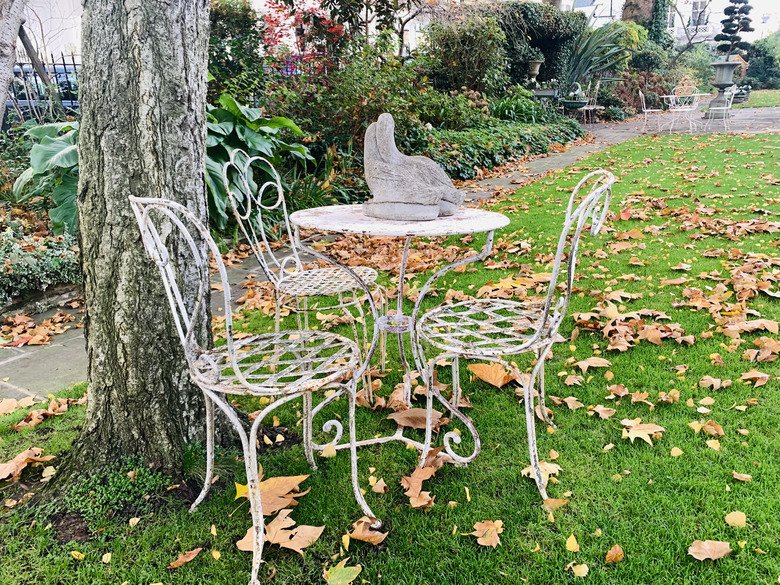How To Remove Rust From Antique Metal
We may receive a commission on purchases made from links.
Whether you have inherited an antique from your grandmother or found a great deal at a flea market, you may need to know how to remove rust from antique metal. Rust on your antique metal object looks unattractive and can shorten the life of the piece. Rust can also flake off and stain the surface it falls on, so you should remove the rust before displaying the antique.
There are two basic ways to remove rust from antique metal. One involves using a mild acid, while the other involves grinding or sanding.
Use Acid to Remove Rust From Antique Metal
Use Acid to Remove Rust From Antique Metal
Acid can remove rust or discoloration from metals. Acids range from very mild to very strong. When working with an antique item, use a mild liquid acid, such as white vinegar or citric acid. Another option is cream of tartar, which is a very mild acid salt.
Begin by brushing or scraping away any rust that is flaking off. Removing flaking rust makes it easier to see what's left to remove. It also prevents bits of rust from falling off and creating stains. Saturate a scrub rag in lime juice or vinegar and rub the rust. You may have to scrub repeatedly. Another option for a DIY rust remover for metal is to mix cream of tartar with vinegar to make a paste. The paste will be slightly abrasive. Apply the paste with a rag and rub off the rust.
Evapo-Rust is a commercial rust-remover advertised as safe for antiques. Once you've removed all the rust you can, wash the metal item to remove the cleaner. Dry completely.
Tip
If the metal item is cast iron or a similar cooking surface, you can season it to prevent further rusting after you've removed the rust. Season a pan by rubbing cooking oil on it and heating it in a 250-degree oven for two to three hours.
Use Abrasives to Remove Rust From Antique Metal
Use Abrasives to Remove Rust From Antique Metal
Another way to remove rust from metal is to use abrasive tools, such as sanders and grinders, but you'll need to select the right tool for the job.
For delicate metals, use fine grades of steel wool. For heftier metals, go by size and shape of the item. For example, use a power sander for a large, flat area. Drill attachments, such as wire wheels, are a good choice for smaller areas.
Begin with the coarsest grit to remove the rust; then switch to finer grits to smooth out any sanding marks left in the metal.
Tip
Before using any method to remove rust from antique metal, test it on a small, inconspicuous area of the item.
